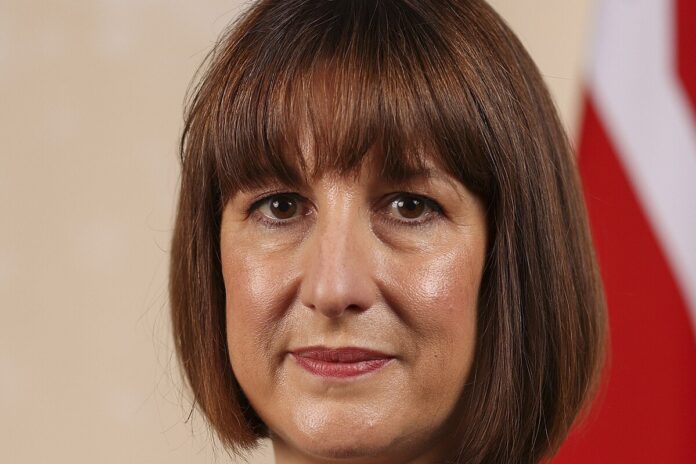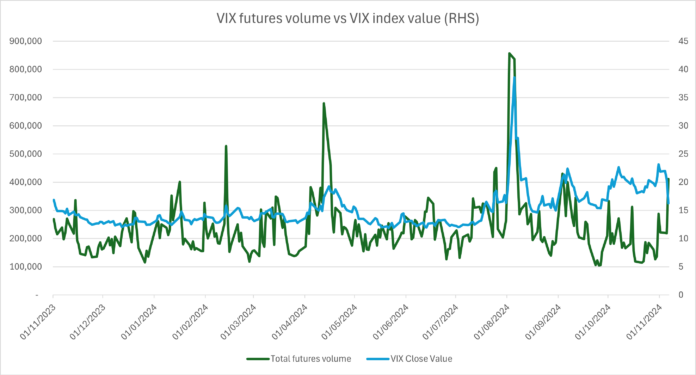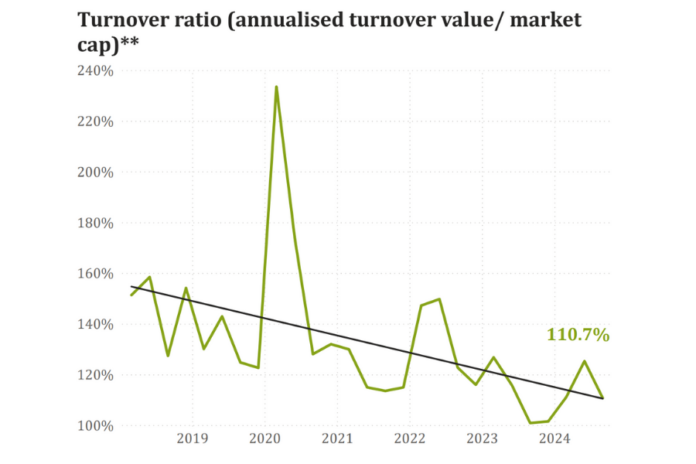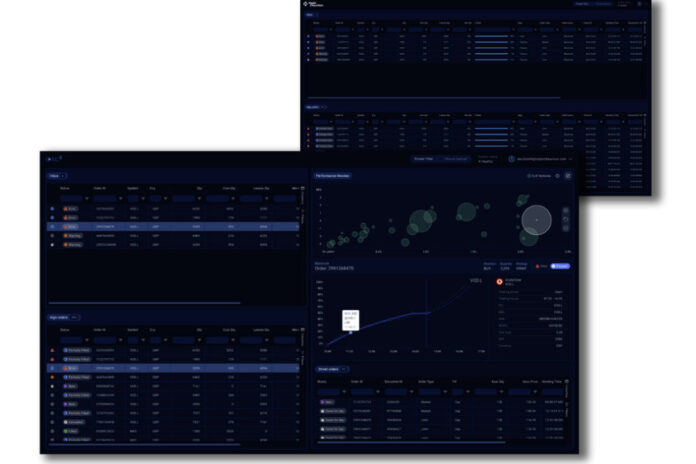 A recent panel by Quorum 15 highlighted the challenges and opportunities presented by ‘Gentelligence’ and explored how the trend could impact the financial markets. Mike Burton, CEO of Quorum 15, reviews the issue for Global Trading.
A recent panel by Quorum 15 highlighted the challenges and opportunities presented by ‘Gentelligence’ and explored how the trend could impact the financial markets. Mike Burton, CEO of Quorum 15, reviews the issue for Global Trading.
Do any of these workplace scenarios sound familiar?
- Feedback and development provided by older managers perceived by younger generations of employees as overly critical or harsh?
- Flexible workplace environments and the need for face-to-face interactions valued differently by older workers compared to younger ones?
- Differing generational perspectives on issues on ways of communicating, transparency, work/life balance and emphasis on mental health and wellness in the workplace?
A recent AARP study highlighted a significant gap in ‘intergenerational intelligence’: While 83% of global business leaders recognised the importance of multigenerational workforces, only 42% had trained managers to manage this diversity effectively. Without appropriate strategies, multigenerational workplaces may struggle with turnover, team dysfunction and knowledge transfer challenges. Conversely, fostering an age-supportive culture can lead to improved performance, innovation and talent retention.
The challenges and opportunities presented by ‘Gentelligence’ were the subject of a fascinating panel discussion at a recent financial markets industry event hosted by Quorum 15 and inspired by a book, Gentelligence: A Revolutionary Approach to Leading an Intergenerational Workforce, co-authored by Dr Megan Gerhardt*, that addresses an unprecedented situation of having five generations active in today’s workforce.
The Gentelligence theory promoted by Dr Gerhardt and her co-authors is centred on embracing generational diversity in the workplace and recognising it as an opportunity for collaboration and learning, rather than a source of frustration. Her book outlines a strategy that “pushes back on tired generational cliches and stereotypes, instead championing the unique value and experiences of different generations in the workplace” to foster workplace collaboration and innovation, and ensure that the diverse perspectives and experiences of different age groups are properly represented.
Core to the Quorum15 panel discussion was the acknowledgement of the need to recognise the frustrations and challenges of all generations with respect to understanding the perspectives of others. Panellists discussed the need for a ‘learning allowance’ to shift people away from rigidly-held and polarised views like “we’ve always done it this way” or conversely, “it’s of its time and needs to change” to create instead a more mindful and receptive environment in which to discuss how and why different age groups might adopt a different approach.
For example, in terms of pay increases and promotions, it was agreed that younger generations appear to take a much more proactive and transparent approach to pursuing promotions and pay rises than their more ‘mature’ contemporaries, based on greater self-confidence in their ‘perceived value’ TO a company.
Another example given was the increasing use of preferred pronouns. A point made at the event, and which holds true in day-to-day life, is that it isn’t – and shouldn’t – be incumbent on older generations only to be asked to respect the use of individuals’ personal pronouns.
The point was made that those seeking to use them might equally consider why this contemporary behavioural shift might be harder to understand for older generations.
The fact is that everyone has something to offer in the workplace. Younger generations can offer fresh perspectives that align with an increasingly diverse client base, whereas older cohorts can offer industry and regulatory experience built up over time. Leveraging both sets of strengths creates a healthier and more productive environment conducive to meaningful knowledge exchange.
Mentoring is one way to help to achieve that. Traditionally, mentoring has been viewed as a supportive activity where a more experienced (i.e. older) employee mentors a less experienced (i.e. younger) person. This is no longer the case; mentoring should be acknowledged as a mutual learning and development activity – regardless of role or seniority.
“If financial organisations want to recruit and keep the best talent to stay competitive, they need to teach their people to work with people who are different from them, rather than trying to work around differences to create a standardised culture,” says Martina Doherty, business psychologist and leadership coach.
Other key ‘Gentelligence’ takeaways include:
Challenge age-based assumptions
Workplace assumptions about age can lead to misunderstandings. For example, assuming that older employees are less interested in new technology can undermine their contributions. Challenging these assumptions helps to identify and correct biases before they impact decision-making.
Adjust the lens
Different generations may have varying perspectives on workplace behaviours and values. Don’t judge others based on your own norms and expectations. Treat different age groups as distinct cultures from whom to gain insights about diverse viewpoints.
Build trust
Lack of trust can arise from generational differences, hindering collaboration and engagement. Fostering a psychologically safe environment in which all employees feel respected and heard will help to overcome trust and inclusivity barriers.
Expand the pie
Generational differences should be seen as collaborative not competitive – it is recognised that diverse teams deliver better results so focus on leveraging diversity of age – and experience – to achieve better outcomes.
Celebrate success
Recognising and celebrating success influenced by intergenerational collaboration reinforces its value and encourages continued positive contributions.
Age bias, knowledge differences, value perceptions and generational shaming all have a significant impact on how individuals and teams work together. It’s no longer feasible to ignore them in the hope they’ll go away, or to avoid conflict, or simply because “things have always been done a certain way”.
In short, rather than different generations blaming each other for not ‘getting it’, ALL generations should be willing to “open up the intergenerational conversation”. Through learning more about – and from – each other, real change can be achieved and there are already some great examples of how organisations have capitalised on generational differences to generate very positive outcomes.” On the other hand, failure to grasp the nettle of “Gentelligence” will likely impede the progress and impact of diversity strategies in businesses.
©Markets Media Europe 2024





 A recent panel by Quorum 15 highlighted the challenges and opportunities presented by ‘Gentelligence’ and explored how the trend could impact the financial markets. Mike Burton, CEO of Quorum 15, reviews the issue for Global Trading.
A recent panel by Quorum 15 highlighted the challenges and opportunities presented by ‘Gentelligence’ and explored how the trend could impact the financial markets. Mike Burton, CEO of Quorum 15, reviews the issue for Global Trading.





